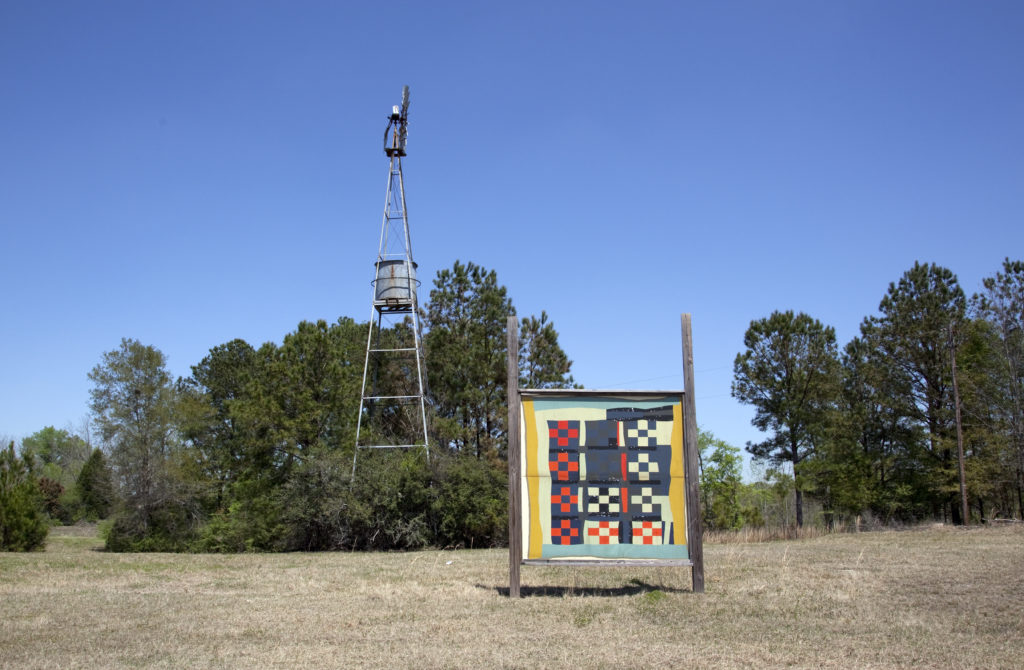In a review of the Whitney Museum of American Art’s landmark 2002 exhibition of quilts from Gee’s Bend, New York Times critic Michael Kimmelman described the textiles as “some of the most miraculous works of modern art America has produced.” The quilts, he wrote, were “so eye-poppingly gorgeous that it’s hard to know how to begin to account for them. Since then, these dazzling geometric artworks have traveled around the globe, been reproduced on official US postage stamps, and become broadly recognized as an important part of American art history. But back in Gee’s Bend—the tiny Alabama hamlet formally known as Boykin that has nurtured three generations of quiltmakers—the impact of the quilts’ renown has been more subtle.
